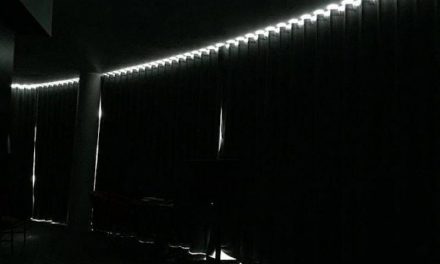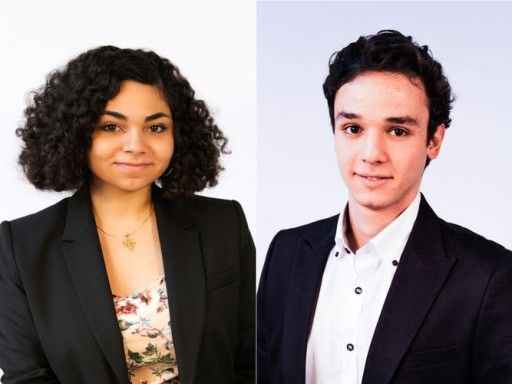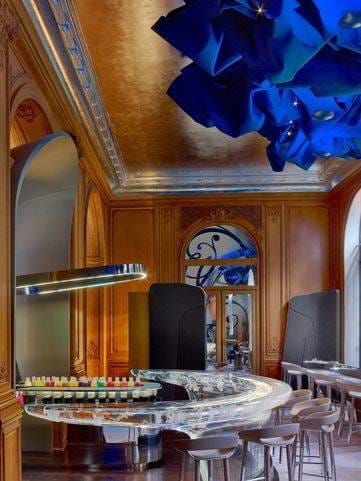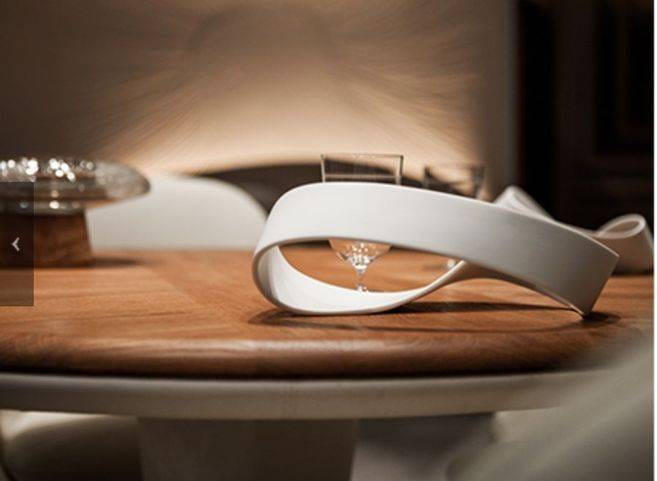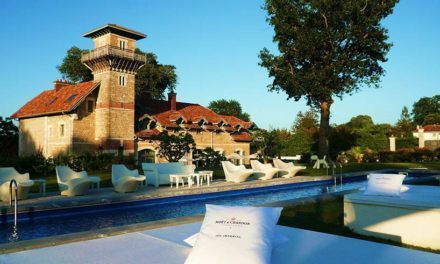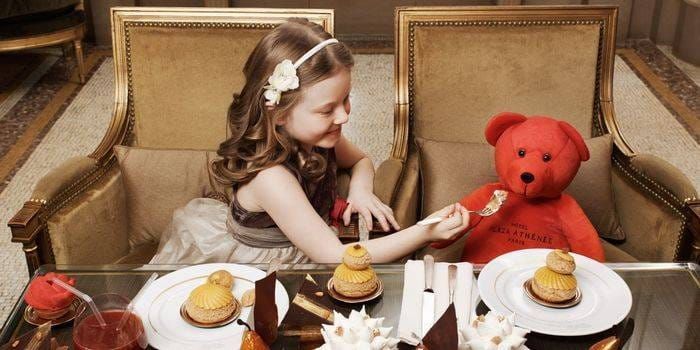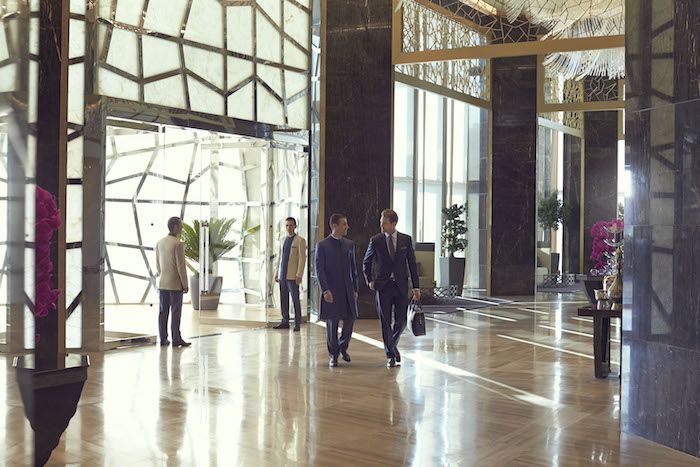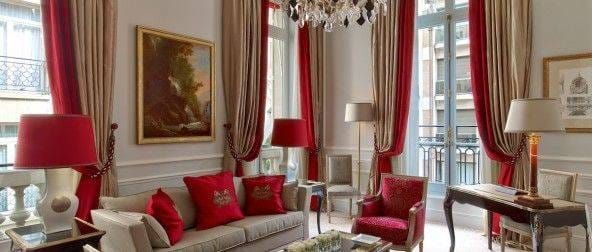I happened to meet Marc Geday and Amanda Yahia while they were working on their dissertation entitled “The Impact of Luxury Hotels’ New Clientele on their Brand Image: The Case of Parisian Hotels.” I felt that this subject—a very interesting and timely one—deserved a closer examination. I thus asked them to contribute an article for the site. Below you will find their reflections and arguments.
Cultural diversity is increasingly expanding in Parisian luxury hotels: what impact will this have on their brand image?
With travel becoming increasingly democratized these last few years, most notably within emerging countries, Parisian luxury hotels are growing witness to an expanding cultural diversity in their clientele. The result of this is the observance of somewhat distinct behavioral contrasts among the clientele. This thus presents a new challenge for hotels: allow for the favorable coexistence between their traditional clientele (largely Europeans and North Americans) and their newer clientele within their establishment, with the objective of providing a positive client experience for each. However, upon closer inspection of this issue, we find that these newcomer clients often find themselves confronted by the established culture of luxury and, as a result, faced with the process of acculturation in departure from their own culture. By virtue of simple exposure to the physical environment and services of the hotel (Zajonc, 1968), the client finds himself conditioned within this universe and finally arrives at adopting its codes and conducts, even when these are not strictly rooted in his own cultural origins.
“Generally speaking, you’ll find that when you have a coherent image and ambiance, one particular ambiance that you maintain throughout the environment, individuals will adapt to it very quickly.” (Saint James Paris).
Yet certain cultural conducts that remain incompatible may continue to persist despite the best efforts. For instance, a client might find himself beside a noisy table of Chinese clients at the restaurant or perhaps a group of Russians who have been too generous with their spirits at the hotel bar. Certainly these things still occur today. Nonetheless, there exist several reasons that lead us to believe that these manners only impact the client experience to a negligible degree, if at all, and therefore that it does not negatively affect the brand image of the hotels concerned. First of all, we should remember the low frequency of customer-to-customer interactions, as well the rarity of cases involving disruptive conduct. Next, it turns out that clients these days often maintain high levels of tolerance. In fact, the clients of today are those who are already conditioned for globalization. As increasingly frequent travelers, they are accustomed to finding themselves exposed to cultures different from their own. Clients are conscious of the international and therefore intercultural profile of hotels; they thus learn to expect a diverse range of conducts. Finally, it is through an increasing mastery in the application of compatibility management strategies, accrued from a better understanding of their clientele and anticipation in their comportments, that Parisian luxury hotels succeed today in allowing their highly culturally diverse clientele to better coexist together. These strategies can influence, for instance, the choices in table placement.
Luxury hotels have come to closely understand the challenge today presented by the success of this cultural concurrence for preserving their image. This is why it will be necessary to assure the constant development of the authority of its luxury universe as well as its methods of compatibility management.
Marc Geday and Amanda Yahia
Biography of Marc Geday & Amanda Yahia
In 2011, Marc Geday and Amanda Yahia enrolled at Paris Dauphine University for a program in Applied Management and Economics, where they were able to acquire the fundamentals of economics and management. Keen for new experiences and greater exposure to the world, they chose to complete their final year of studies in foreign exchange programs, one in Argentina and the other in Germany. In 2014, newly armed with their degree in Management, they decided to pursue Master’s studies in Marketing and Strategy, fields for which they felt a certain affinity and towards which they thus oriented their professional plans. Their dissertation accordingly arrived at the intersection of these plans.
Marc was drawn to the luxury hospitality sector, while Amanda set her sights towards Brand Management in order to learn how to manage a brand’s image. After having noticed the growing diversity of international clientele (notably in emerging countries), they were led to ask themselves if the differences in conduct, unique to the culture of each client, might have a negative impact on the client experience and, accordingly, on the brand image of luxury hotels. Thus was born the subject of their dissertation: “The Impact of Luxury Hotels’ New Clientele on their Brand Image: The Case of Parisian Hotels.”
Laurent Delporte, an editor and conference speaker, is a strategic expert in the sector of hotels. A visionary, he brings his unique look on hotels in service to the decision-makers in the industry, whether to enhance the development of new projects or strategic visions.
Laurent has visited and audited over 350 hotels across the world and also participates in mystery visits to provide quality control for the world’s finest hotels.


 HOME
HOME

